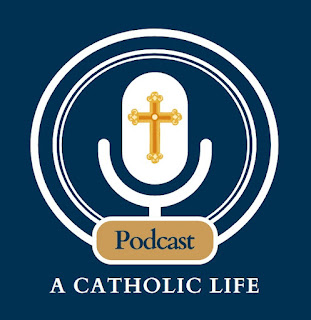In the heart of Italy, where the echoes of ancient traditions reverberate through cobblestone streets and historic cathedrals, lies a cherished artistry deeply intertwined with faith: the crafting of Catholic religious items. From intricately carved crucifixes to delicately painted icons, these handcrafted products serve as tangible expressions of devotion and artistic excellence. Rooted in centuries-old techniques and infused with spiritual significance, Italian-made Catholic artifacts continue to captivate believers worldwide, offering a connection to both the divine and the rich cultural heritage of the country.
The tradition of crafting religious artifacts in Italy can be traced back to the early days of Christianity, when skilled artisans dedicated themselves to creating sacred objects for worship and reverence. Over the centuries, this art form evolved, drawing inspiration from diverse cultural influences and artistic movements while remaining steadfast in its commitment to preserving the essence of Catholic faith.
One of the most iconic symbols of Catholicism, the crucifix, holds a special place in Italian craftsmanship. Crafted from various materials such as wood, marble, or precious metals, each crucifix is meticulously designed to evoke a sense of reverence and contemplation. The artisans, often working within family-owned workshops passed down through generations, imbue these sacred symbols with profound spiritual meaning, paying homage to the sacrifice of Christ and the redemption it represents. Many beautiful options are available from this religious e-shop that offers over 80,000 handcrafted Catholic items, religious gifts and church supplies.
In addition to crucifixes, Italian artisans excel in crafting a wide array of religious items, including statues, rosaries, and religious jewelry. Each piece is crafted with meticulous attention to detail, reflecting the artisan's reverence for the subject matter and dedication to their craft. Whether it's a marble Madonna delicately sculpted to perfection, or a rosary intricately crafted from Venetian glass beads, these handcrafted treasures serve as tangible reminders of faith and devotion.
The process of creating these exquisite pieces often begins with the selection of the finest materials. Italian artisans have access to a rich array of resources, from Carrara marble to Florentine gold leaf, allowing them to bring their artistic visions to life with unparalleled beauty and craftsmanship. Many artisans also draw inspiration from Italy's rich artistic heritage, incorporating elements of Renaissance, Baroque, and Gothic styles into their work to create truly timeless pieces.
What sets Italian-made Catholic products apart is not just their aesthetic appeal but also the deep spiritual significance imbued into each creation. Every stroke of the brush, every chisel mark, carries with it a sense of reverence and devotion, elevating these artifacts beyond mere objects and transforming them into vessels of faith. For the artisans, crafting these religious items is not just a profession but a sacred calling, a way of honoring their faith and contributing to the spiritual lives of others.
Beyond their spiritual significance, Italian-made Catholic products also serve as ambassadors of Italian culture and craftsmanship to the world. Renowned for their quality and beauty, these handcrafted treasures have found their way into homes, churches, and museums across the globe, showcasing the enduring legacy of Italian artistry and devotion.
In recent years, there has been a resurgence of interest in traditional craftsmanship, fueled by a desire for authenticity and a deeper connection to the past. As mass-produced goods increasingly dominate the market, discerning consumers are turning to artisanal products, drawn to their unique character and the stories they embody. In this age of mass production and rapid consumption, Italian-made Catholic products stand as a testament to the enduring value of craftsmanship and the timeless appeal of faith.
Moreover, the purchase of these handcrafted items not only supports local artisans and their families but also helps preserve a centuries-old tradition for future generations. By investing in Italian-made Catholic products, consumers become custodians of a cultural heritage that spans centuries, ensuring that the artistry and devotion of Italy's artisans continue to thrive in the modern world. Use code CAT10 for 10% off an order on www.holyart.com today!
In conclusion, the tradition of crafting Catholic religious items in Italy is a testament to the enduring power of faith and artistic expression. From the humblest crucifix to the grandest cathedral, these handcrafted treasures embody the beauty, reverence, and devotion that have defined Italian craftsmanship for centuries. As we continue to navigate an ever-changing world, the timeless appeal of Italian-made Catholic products serves as a beacon of hope, reminding us of the enduring legacy of faith and the enduring power of the human spirit.









.jpg)

.PNG)





